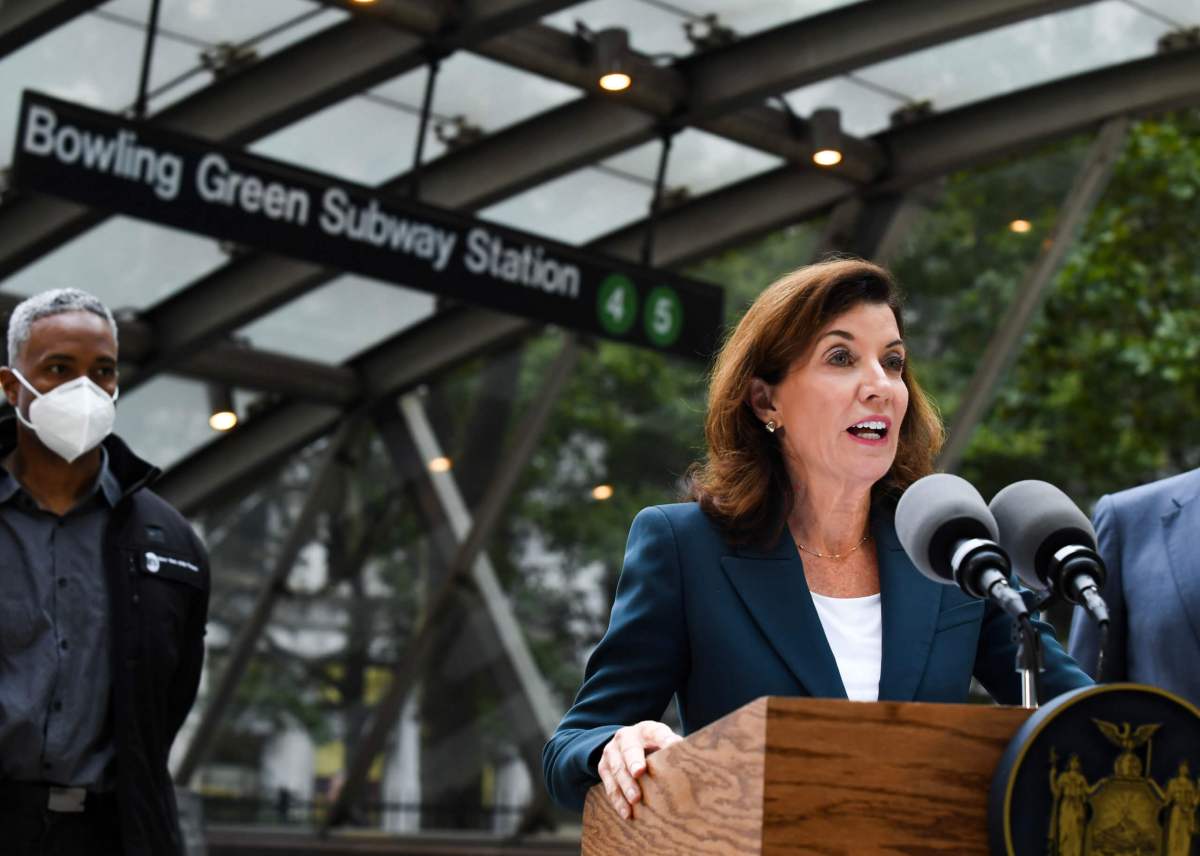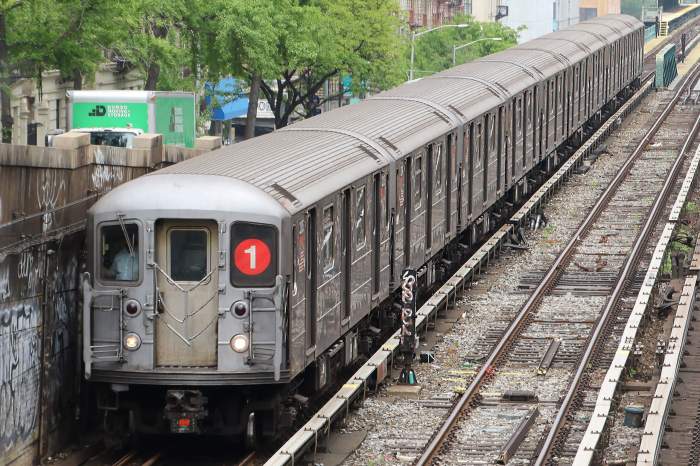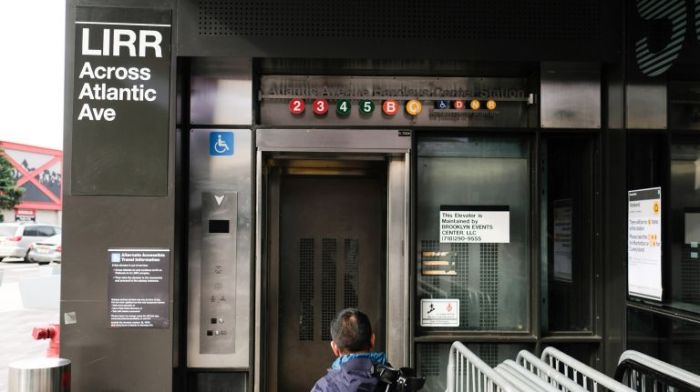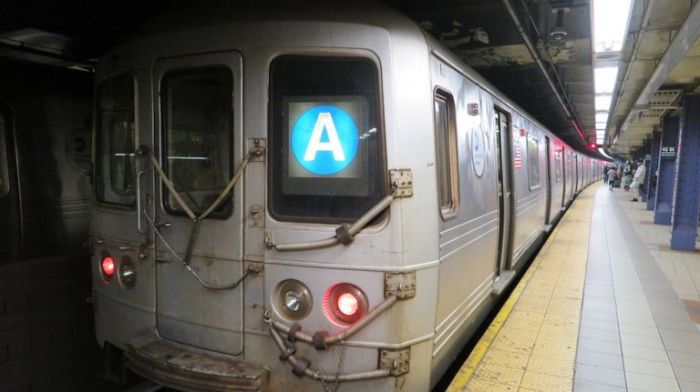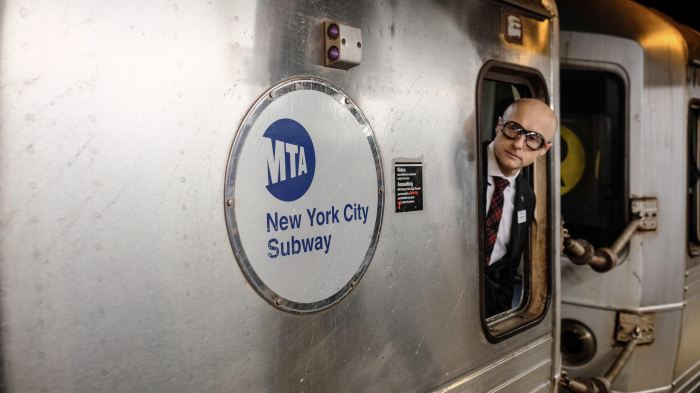Hundreds of riders had to be evacuated from subway trains Sunday night after a power disruption caused eight New York City subway lines to break down for hours, Governor Kathy Hochul reported Monday.
“Let me be very clear, last night was unacceptable,” Hochul told reporters at a press conference with transit leaders outside Metropolitan Transportation Authority headquarters in Lower Manhattan Monday morning. “If you were one of those riders, or people relying on safe transport, the system failed you.”
She was joined by acting MTA Chairperson and CEO Janno Lieber and Senior Vice President of New York City Transit’s Department of Subways Demetrius Crichlow.
Service went out on all of MTA’s numbered lines and the L line around 9:10 p.m. on Aug. 29 after a citywide power dip caused by a faulty Con Edison underground transmission feeder in Long Island City, Queens, which occurred at about 8:25 p.m.
Some 83 trains were affected by the blip, including five that were stuck between stations carrying about 550 riders. Two of those trains were orderly evacuated by transit workers and first responders while another was brought to a nearby platform.
But on the two other trains, straphangers took it upon themselves and walked the tracks to get out.
“We never ever want riders to do that, it is dangerous and it caused a delay in the restoration of power,” Hochul said. “The tracks are dangerous.”
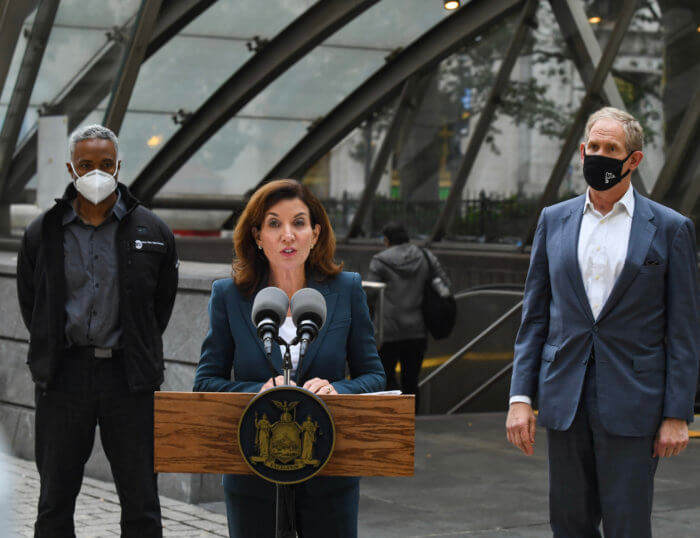
Firefighters and transit workers had to search the tunnels for any remaining straphangers roaming the tracks, which delayed MTA getting trains moving again, according to the governor, who controls the transit agency.
Once the underground tracks were clear, service was restored around 1:30 a.m., ahead of the Monday morning rush.
According to an MTA update Monday afternoon, the brief Sunday evening power outage caused an automatic battery-powered backup system to kick in so that the subway system could keep running.
The system did not hook back up to Con Ed power after the dip, and it failed to alert subway management about the missed reconnection.
That left the batteries — which aren’t designed to provide long-term power — to fuel the system for about 45 minutes until they ran out of juice at 9:14 p.m., disrupting the transit network.
Hochul, who took over the state’s top office after her scandal-scarred predecessor Andrew Cuomo resigned last week, directed two engineering contractors will independently review what happened and make recommendations for any system changes to make sure this doesn’t happen again.
“My message to riders is this: We are working to find out the full extent of what went wrong, and we will fix it,” Hochul said in a Monday afternoon statement. “New Yorkers deserve absolute confidence in a fully functioning subway system, and I promise to do everything in my power to restore that confidence.”
Con Ed spokesperson Karl-Erik Stromsta said earlier the cause of the trip is still under investigation, and that the utility is in touch with MTA to try to understand why they lost communications.
Mayor Bill de Blasio said the city’s Emergency Management office also joined the effort and called on officials to find out exactly what happened.
“We are right now working with the state, working with Con Ed, working with the MTA to determine exactly what happened, it is not clear yet. A full investigation is going on,” de Blasio told reporters at his daily press briefing Monday. “We need to know more about it, we need to understand how this could happen, how to make sure it does not happen again.”



